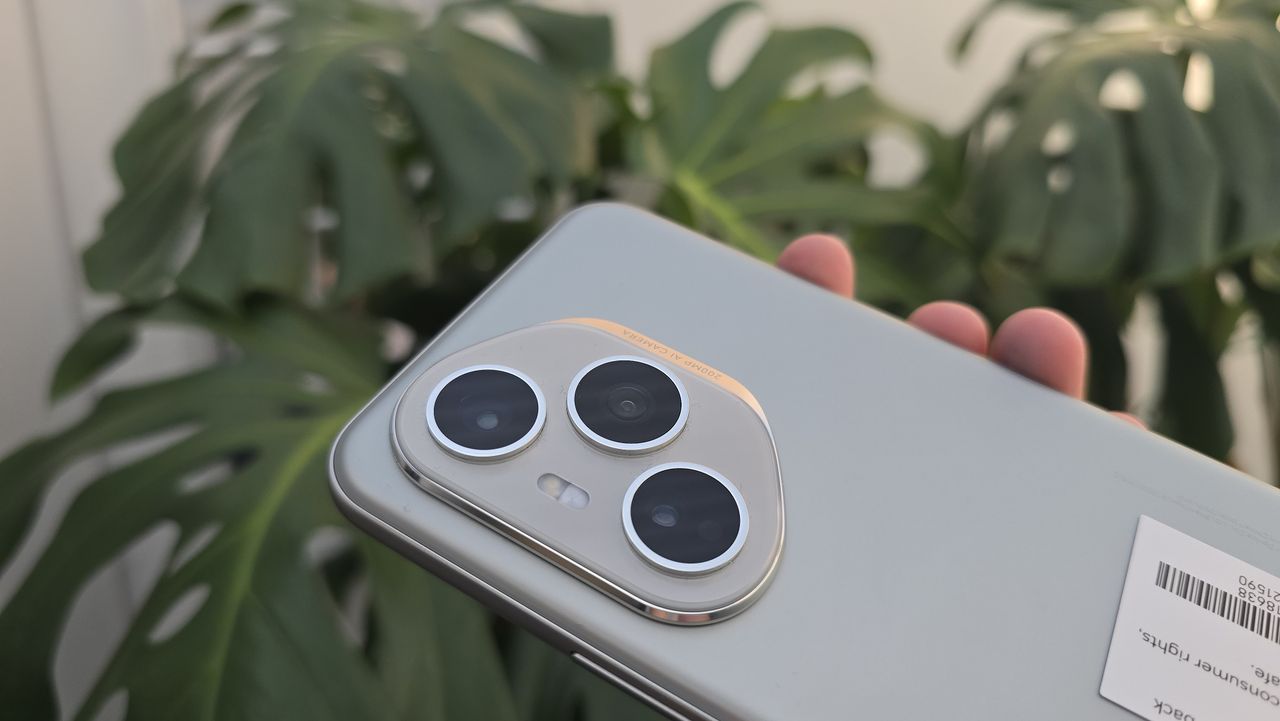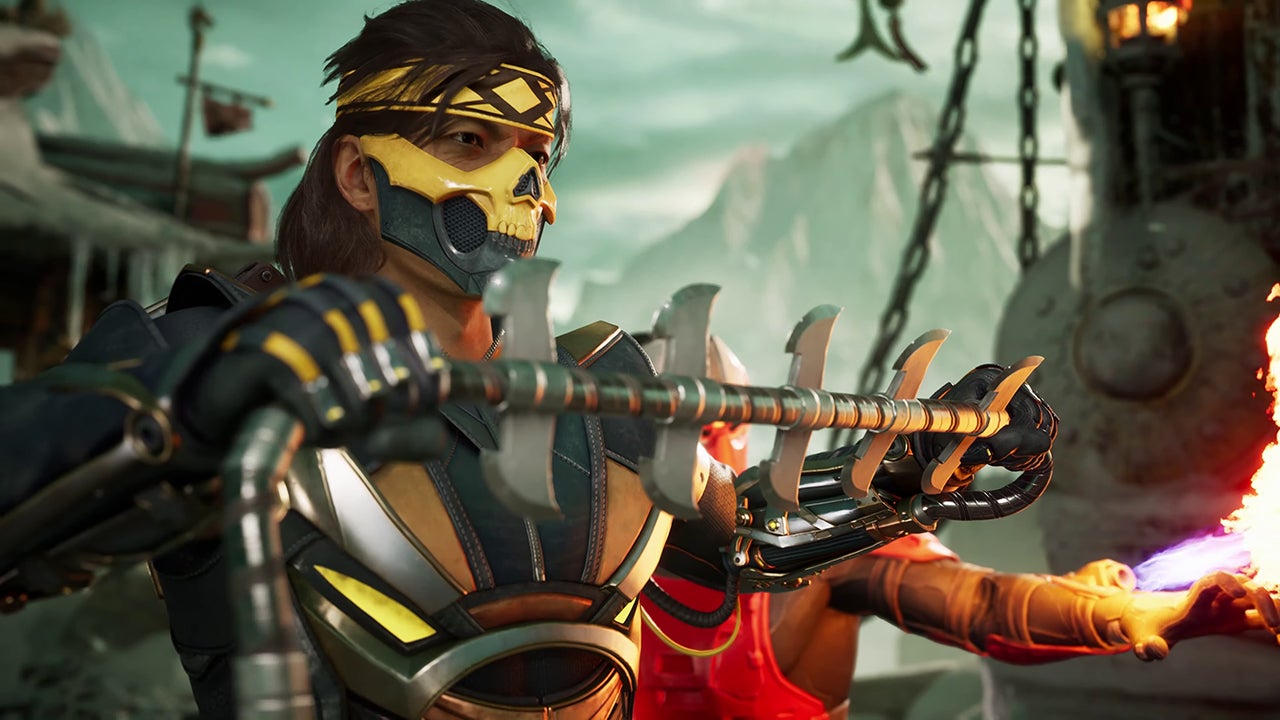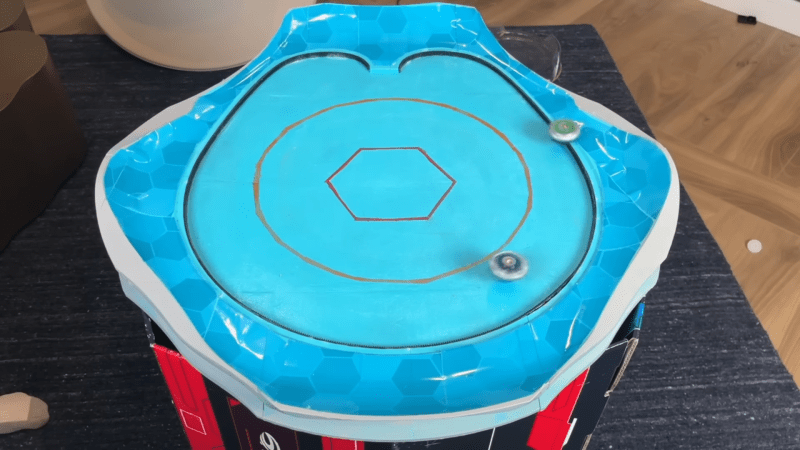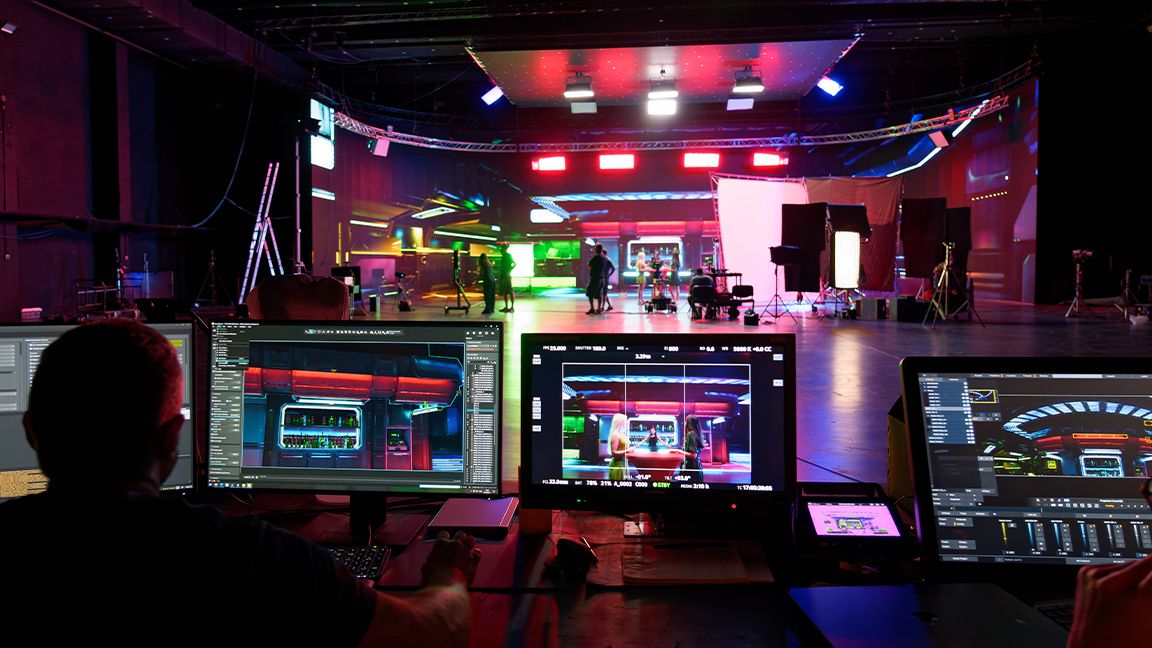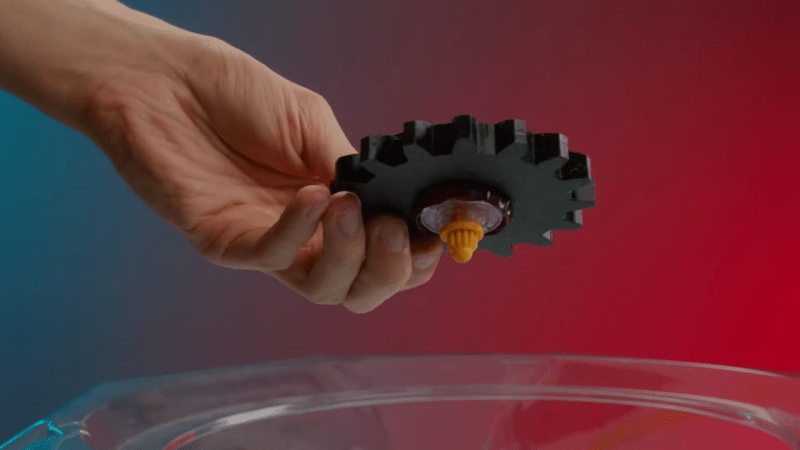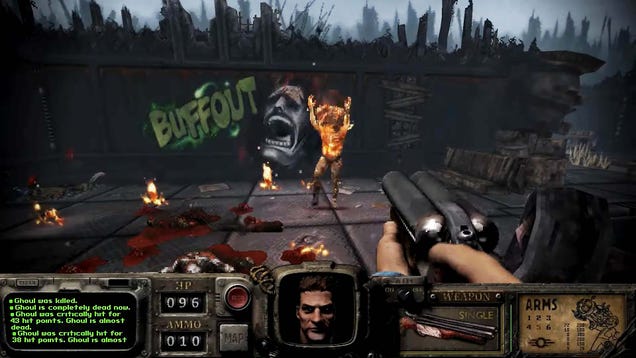The Honor 400 Pro is here, and apparently, it’s the epitome of innovation in the mid-range phone arena for 2025. Can you believe it? An AI image-to-video feature that will surely revolutionize our lives—because who doesn’t need a phone that can make our blurry vacation selfies into cinematic masterpieces? Finally, our grainy photos can achieve the grandeur they’ve always lacked. It's almost as if they've cracked the code to connect our mediocre moments with Hollywood. Imagine the accolades as you upload “The Adventures of the Lost Snack” from last weekend’s picnic. Truly, the future is now, and it’s perfectly filtered!
#Honor400Pro #MidRangeInnovation #AIRevolution #TechTrends #Smartphone
#Honor400Pro #MidRangeInnovation #AIRevolution #TechTrends #Smartphone
The Honor 400 Pro is here, and apparently, it’s the epitome of innovation in the mid-range phone arena for 2025. Can you believe it? An AI image-to-video feature that will surely revolutionize our lives—because who doesn’t need a phone that can make our blurry vacation selfies into cinematic masterpieces? Finally, our grainy photos can achieve the grandeur they’ve always lacked. It's almost as if they've cracked the code to connect our mediocre moments with Hollywood. Imagine the accolades as you upload “The Adventures of the Lost Snack” from last weekend’s picnic. Truly, the future is now, and it’s perfectly filtered!
#Honor400Pro #MidRangeInnovation #AIRevolution #TechTrends #Smartphone
1 Commentaires
·0 Parts



